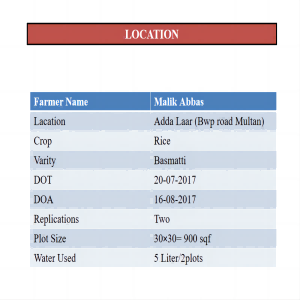
Oct . 06, 2024 13:22 Back to list
acetamiprid 30 product
Acetamiprid is a widely used insecticide belonging to the neonicotinoid class of chemicals. This product has gained significant attention in agricultural practices due to its effectiveness in controlling a range of pests, including aphids, whiteflies, and leafhoppers. With a reported efficacy against over 100 different insect species, acetamiprid plays a critical role in modern pest management strategies.
.
Moreover, acetamiprid has a favorable safety profile when used according to label directions. It is known to have low toxicity to mammals and birds, which makes it an attractive option for integrated pest management. Additionally, it exhibits reduced environmental persistence compared to some older insecticides, meaning it breaks down more quickly in the environment, minimizing potential long-term ecological impacts.
acetamiprid 30 product

However, the usage of acetamiprid is not without controversy. As with other neonicotinoids, there are ongoing discussions regarding its impact on non-target organisms, including pollinators like bees. Some studies suggest that neonicotinoids can have sub-lethal effects on bees, potentially affecting their foraging behavior and reproductive success. Consequently, regulatory bodies in various countries are scrutinizing the usage of acetamiprid and other similar substances, leading to increased restrictions and the need for sustainable pest management alternatives.
Farmers must remain vigilant about resistance development among pest populations. Overuse of acetamiprid can lead to resistance, potentially diminishing its effectiveness over time. As a result, integrating acetamiprid into a broader pest management strategy that includes cultural practices, biological control, and the rotation of different insecticides is crucial for sustaining its efficacy.
In summary, acetamiprid is an important tool in agricultural pest management, known for its effectiveness and relative safety. However, responsible application practices and ongoing research into its environmental impact are essential to ensure that it remains a viable option for controlling pests in the long term. As the agricultural landscape continues to evolve, finding a balance between effective pest control and ecological preservation will be paramount.
-
Herbicide Mesotrione: Advanced Herbicide Solutions for Corn Field Weed Control
NewsJul.12,2025
-
Buy Penoxsulam Herbicide - Selective Weed Control Solution for Lawns & Crops
NewsJul.08,2025
-
Malathion and White Oil Effective Insecticide for Citrus & Ornamentals
NewsJul.08,2025
-
Best Section Fungicide Solutions Effective Carbendazim & Copper Fungicides for Citrus Trees
NewsJul.08,2025
-
Types of Herbicides Explained Discover 5 Types of Selective Herbicides for Effective Weed Control
NewsJul.07,2025
-
Buy Bifen Chemical – Safe Termiticide for Dogs & Effective Pest Control Solutions
NewsJul.07,2025
